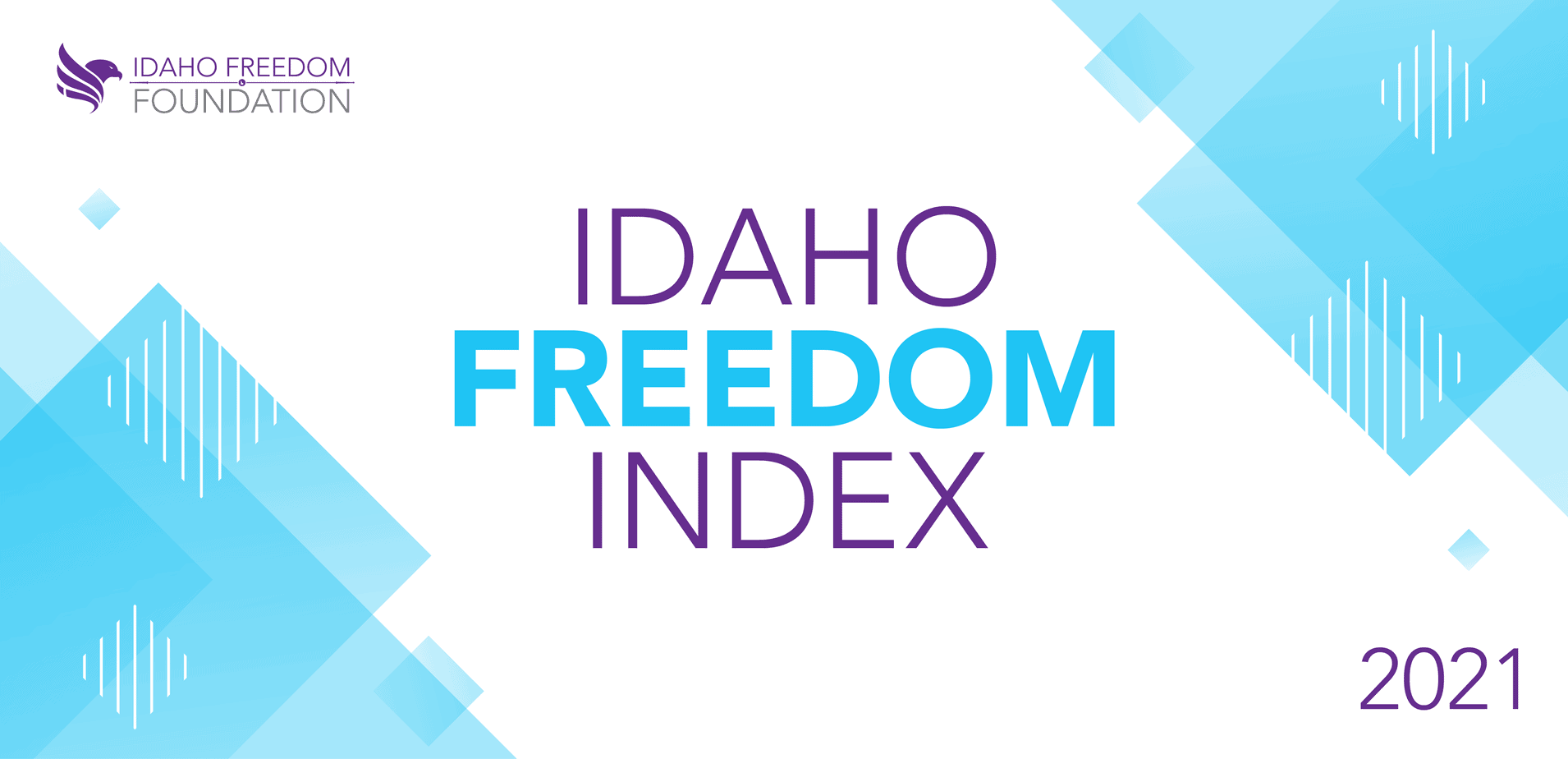


Bill Description: House Bill 320 will remove mandatory driver's education laws in Idaho, but will also impose more restrictions on young licensed drivers.
Rating: 0
Does it transfer a function of the private sector to the government? Examples include government ownership or control of any providers of goods or services such as the Land Board’s purchase of a self-storage facility, mandatory emissions testing, or pre-kindergarten. Conversely, does it eliminate a function of government or return a function of government to the private sector?
House Bill 320 repeals and replaces Section 49-307, Idaho Code, and in so doing, removes the language related to a "driver's training course" and the associated fees that go to the state highway account, the county current expense fund, and either a public school or the Idaho Bureau of Occupational Licenses.
(+1)
The replacement language moves to a two-tiered system based on a "Class D instruction permit" and a "Class D intermediate license." The instruction permit is for a 14- or 15-year-old who has passed a written driver's knowledge test and a vision test. This permit only allows a person to drive with a parent or legal guardian. This is problematic because it does not allow a young person to be taught to drive by a grandparent, another relative, or a family friend.
An individual seeking to move up to an intermediate license must be at least 16 years old and have "obtained at least fifty (50) documented hours of supervised driving with one (1) or more parents or legal guardians" and be "crash-free and criminal conviction-free for six (6) months." This language is problematic because "crash" is not defined, and there is no distinction between a crash where the driver was at fault and one where the driver was a victim of someone else's inattention.
Intermediate licenses carry a host of additional restrictions, including a prohibition against driving "between the hours of 11:00 p.m. and 4:00 a.m., unless accompanied by a licensed driver twenty-one (21) years of age or older." Another prohibition is against driving "with more than one (1) nonfamily passenger under twenty-one (21) years of age, unless accompanied by a licensed driver twenty-one (21) years of age or older."
Under the terms of this chapter, nobody may not acquire a standard Class D driver's license until the age of 17 years old or older. Under current law, a standard Class D driver's license is available to those who are 15 years old or older and who have completed an approved driver's training course. Of particular note is that under this provision, full privileges are granted at 16 years of age.
Under the revisions in House Bill 320, there is no way for a 16-year-old to obtain a full and unrestricted driver's license. This represents a significant increase of regulatory intrusion into the lives of Idahoans of a specific age.
(-1)
Analyst Note: The primary idea of removing mandatory driver training courses advanced by House Bill 320 is positive, but other details in the bill need to be amended. The following are a few suggestions to improve the bill:

